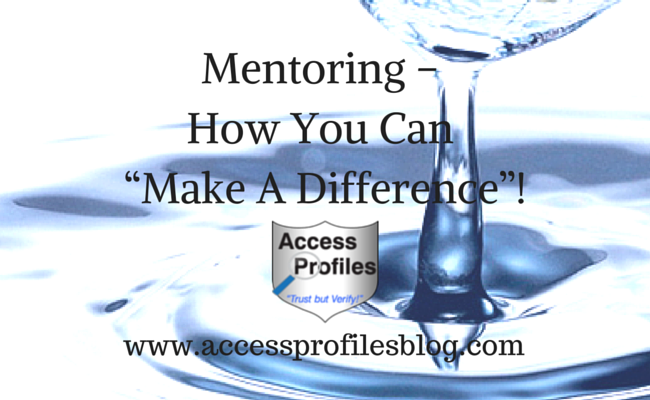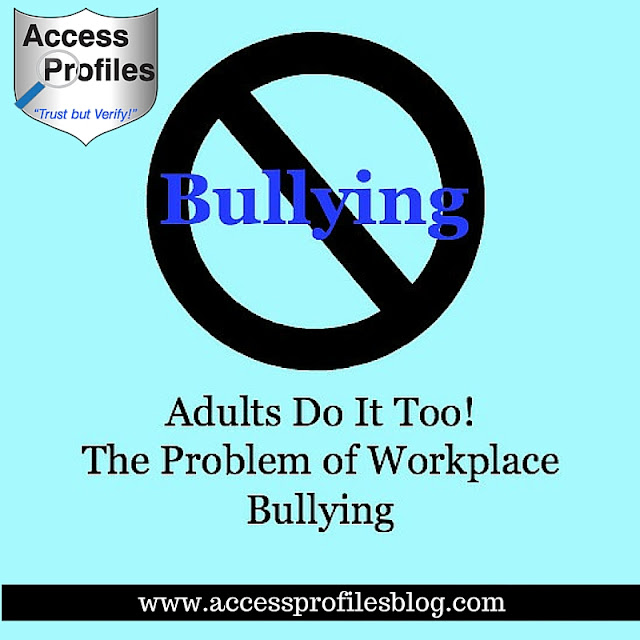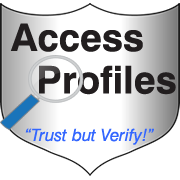Consider this quote:

When you read this, what comes to mind? Is it more government aid programs? Is it funding for local community centers and care facilities?
In my case, that quote prompted me to think more about how we, as a society and as individuals, can step up and create a world where our children and our elderly are protected and safe.
I think first we need to recognize the types of abuse that victimize our vulnerable. There are two basic categories of abuse:
· Domestic – abuse by a family member or caregiver
· Institutional – abuse within a facility such as schools, day care centers, nursing homes, and assisted living facilities
The abuse in each of these cases can cover physical abuse, sexual abuse, neglect, and abandonment.
During my research, I was amazed to discover that the first case of documented and prosecuted child abuse was in 1874. The case came to be known as the “Case of Mary Ellen”. The outrage over this case actually prompted one of the first organized efforts against child mistreatment.
Since then, there have been efforts to enact laws and regulations to protect our nation's children.
Since then, there have been efforts to enact laws and regulations to protect our nation's children.
In 1909, President Theodore Roosevelt convened a meeting of the White House Conference on Child Dependency and started the first publicly funded volunteer organization to establish standards in child care. By 1926, 18 states had adopted some type of child welfare board to oversee the treatment of children.
More recently, the “Adam Walsh Child Protection and Safety Act” (July 27, 2006) created a National Sex Offender Registry and a “tier system” to categorize them depending upon the level of their crime.
Specifically concerning elder abuse, more state laws govern than federal ones. In 1992, the Federal government organized the Vulnerable Elder Rights Protection Program. This program does not support a direct Federal role, but it does promote state generated legislation and provides funding programs to assist the elderly.
All 50 states, as well as the District of Columbia, have enacted legislation that authorizes Adult Protective Services (APS) to act in cases of elder abuse. Many states limit these laws to abused adults that also have a disability as defined by that state’s law, although some states have broadened this to include those elderly not labeled as “disabled”.
Probably the most promising program to help our abused elderly is the Long Term Care Ombudsman Program (LTCOP). This program advocates on behalf of Long Term Care residents who are victims of abuse or neglect. In many states the Ombudsman, upon discovery of the abuse, is authorized to make a referral to the state’s APS program requesting an investigation. However, some states allow the LTCOP to initiate that investigation themselves.
While the presence of these laws and programs are unquestionably valuable, I believe we still have a long way to go. We need to make the reporting and prosecution of the abuse more consistent and effective.
I believe this “under reporting” of abuse has much to do with the “secrecy” abusers are able to wield. It is one of the strongest tools an abuser has to continue in the abuse.
There is also the “shame” of the abuse, both to the victim and, in many cases, their family. The stigma we have placed on this horrific act allows many instances to continue to go unreported.
So where do we go from here? I believe there are definite steps we can take to not just “talk the talk” but “walk the walk”.

What Can We Do?
· Prevent the Abuse – We need to employ our best tool and take a “proactive” approach. Without fail, we need to require all people who come in contact with our children and our elderly to undergo a Background Check. I would also suggest this be repeated every 2 years in order to prevent those committing more recent crimes from slipping through the cracks. This should not be at the discretion of each institution, but national law. Consistency is the key here.
· “Unveil” the Abuse – We need to allow the victims, especially our children and elderly, to tell their story with the confidence that they will be believed, and provide “safe havens” for them to do so.
· Personally Recognize the Abuse - We all need to become better at “listening” and better at “observing” when it comes to our children and elderly. We need to listen, not only with our ears, but with that inner voice that tells us that something is “not quite right”. We also need to observe. Do you see any sudden changes in behavior or physical well being? If so, have the courage and interest to “step up”.
· Report the Abuse – We need institutions and individuals who are willing to “Speak Up” and report the abuse. We also need to be able to have definite consequences for those who do not.
· Equally Prosecute the Abuse – We need to hold everyone accountable for their actions, even the most powerful. There should be no “covering up” for anyone; be it friend, relative, or well-known “respected” figure.
· Permit Greater Prosecution of “Past Abuse” – We need to broaden the Statute of Limitations on abuse. The stigma and shame surrounding abuse keep many from pursuing prosecution. Victims need to know that the abuse in the past can still be brought to light and prosecuted.
Let’s take the words of Ronald Reagan to heart and remember that the "government" he spoke of is Us. We need to stand behind our children and our elderly and shout out “Enough is Enough”, and have the integrity to follow through!
Authored by

Authored by

If you are interested in more information on how you can use Background Checks to help you and your business, please visit my website or email me at .
You can also read more articles on background checks and small business on my blog. I invite you to subscribe so you don't miss a thing!
You can also read more articles on background checks and small business on my blog. I invite you to subscribe so you don't miss a thing!










